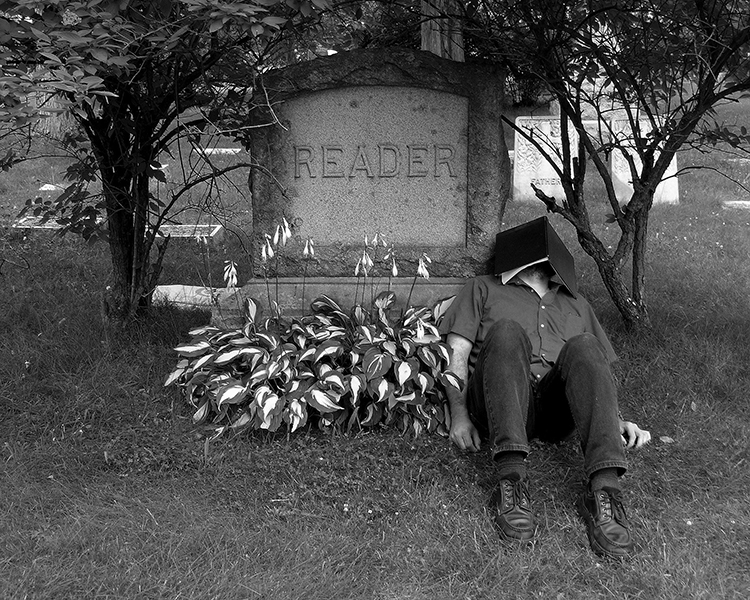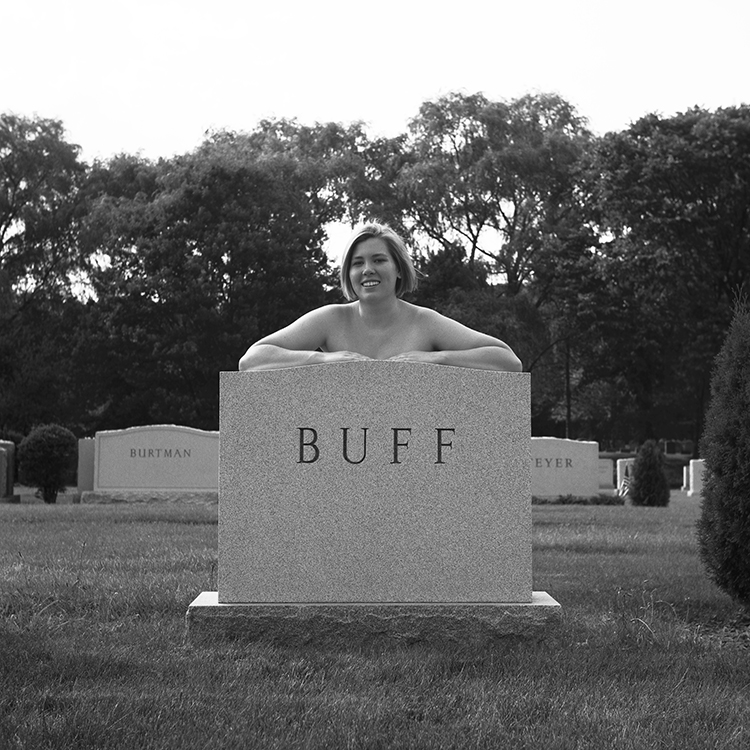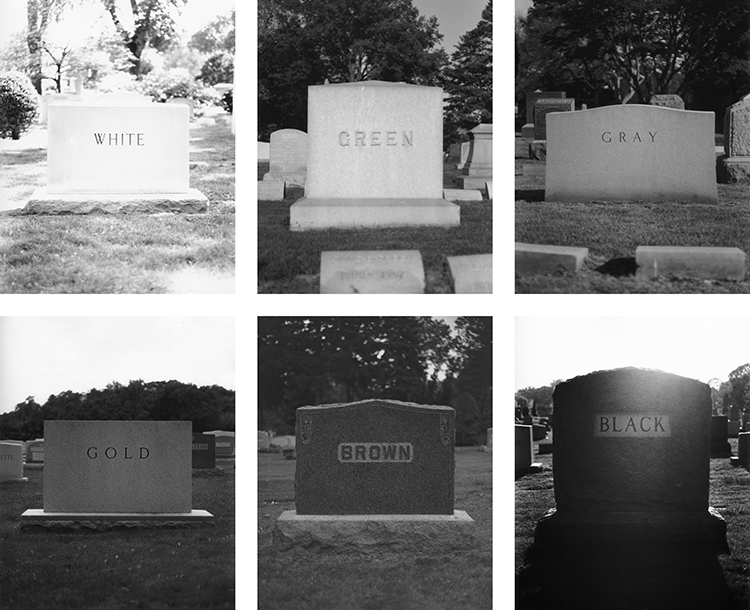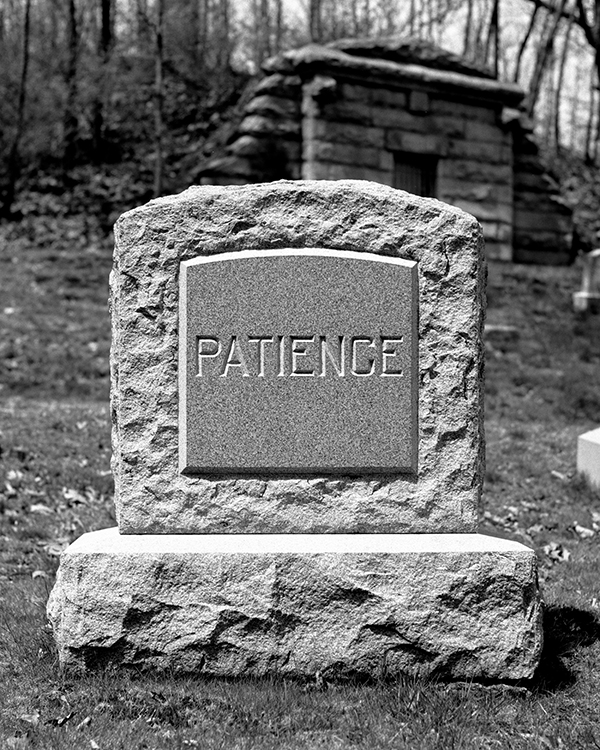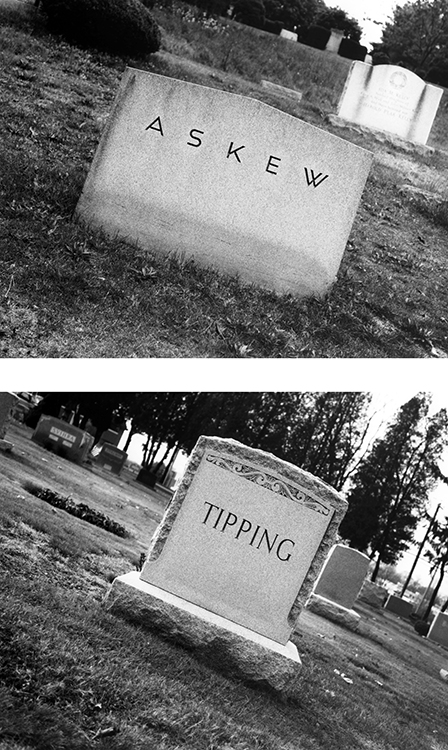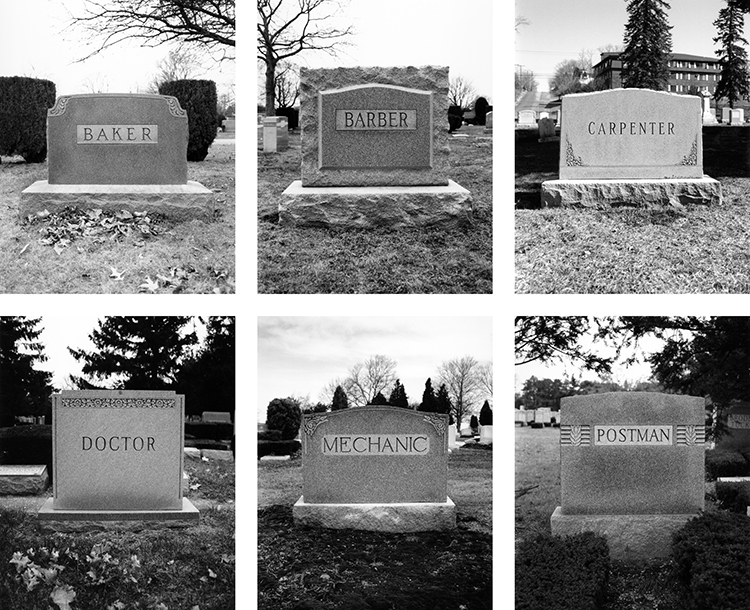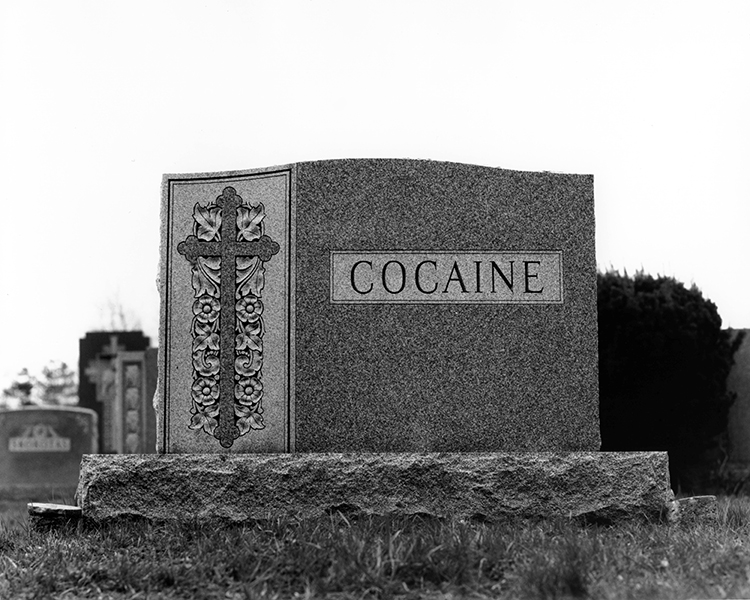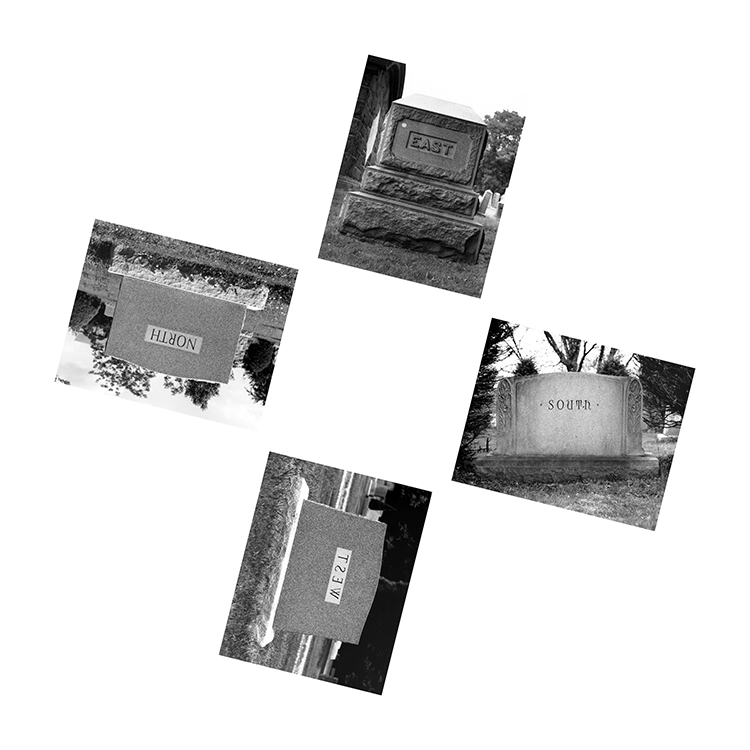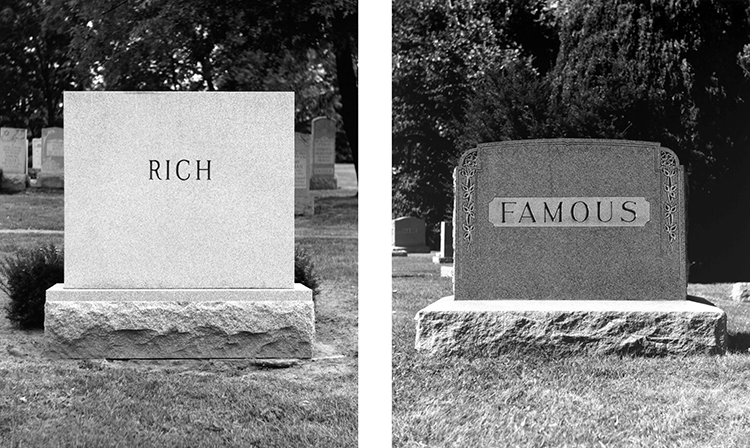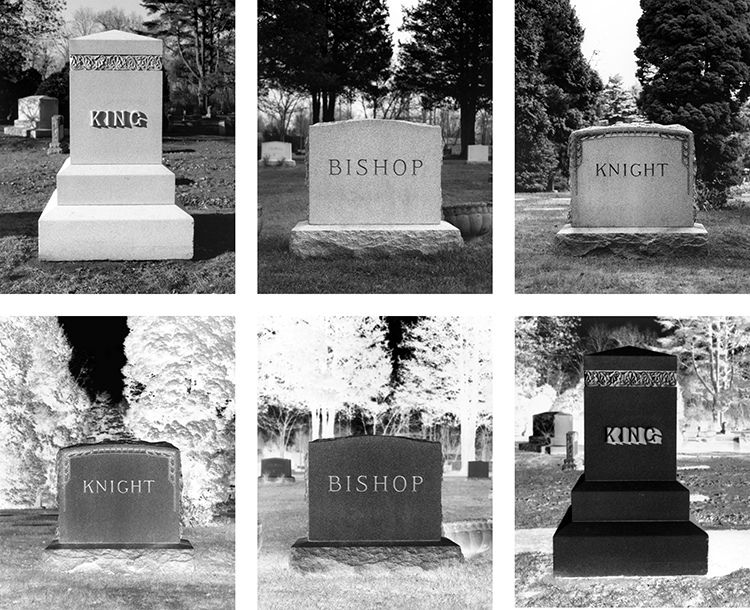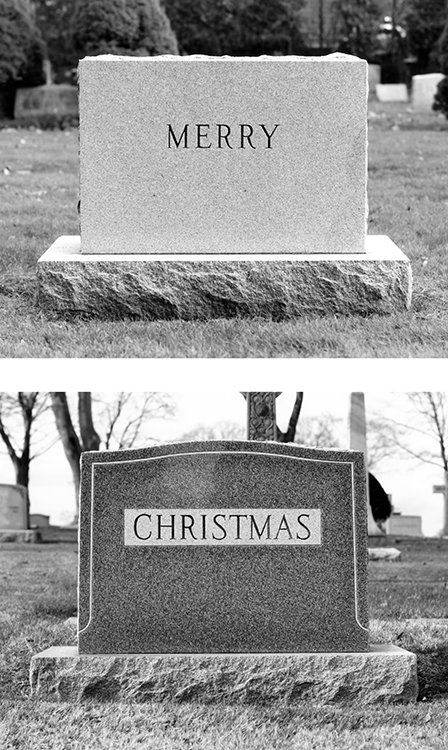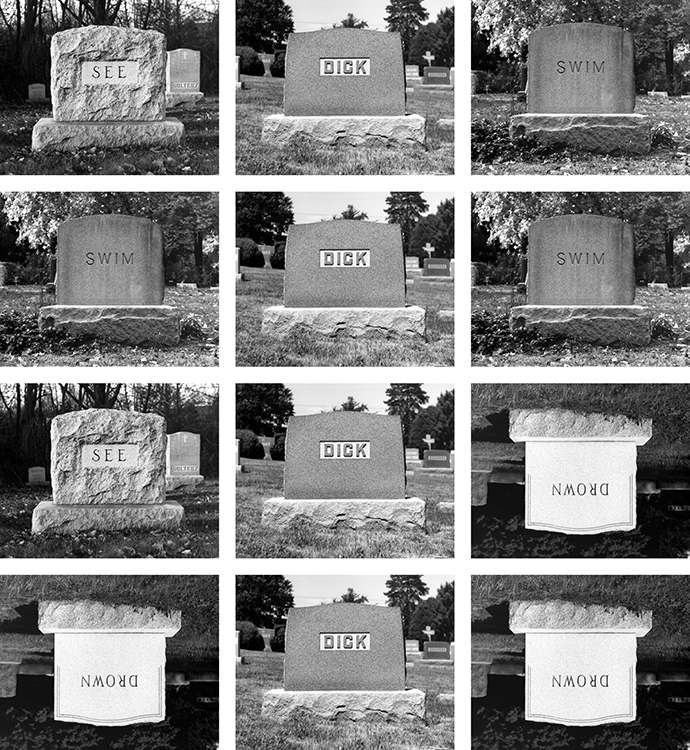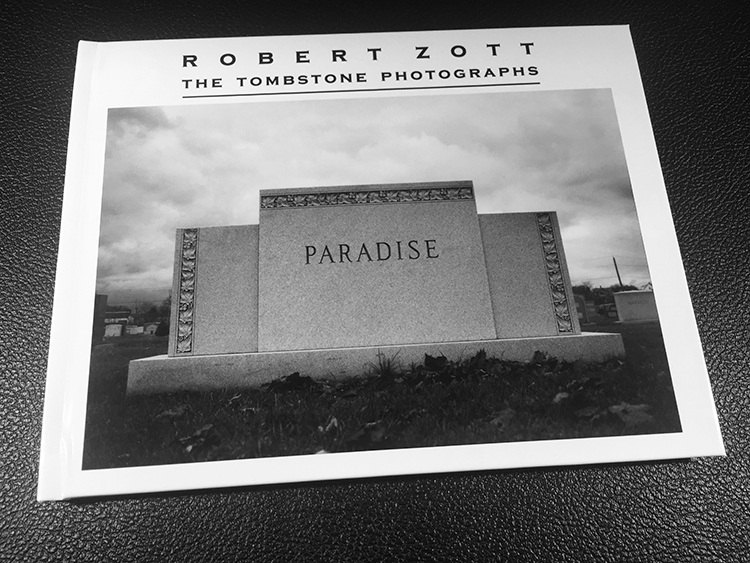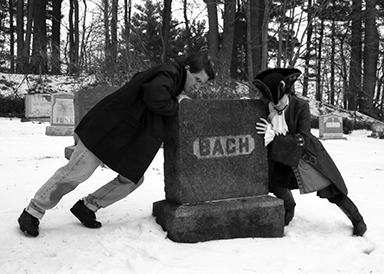|
|
A tombstone bears the single last name “BACH.” It provides no given names, no dates of birth and death, no epitaph. If the design motifs are appropriate, the tombstone could belong to Johann Sebastian Bach (1685-1750). It could equally belong to any of his forebears, wives, descendants, or someone completely unrelated. A genealogist would make every attempt to solve the mystery, but genealogy is prone to history’s “lapses” and “fainting spells.” [1] Without further evidence, the tombstone serves only as a statistic of migration; all that the genealogist could say is, “At least one person named Bach, probably of Germanic descent, is or was buried here.”
To the casual observer, however, the tombstone bears a name detached from its corpse. Without any supporting text, the tombstone is free to signify the famous historical figure in lieu of its intended purpose. This phenomenon extends beyond famous surnames to those derived from common language. Just as the anonymous “BACH” kills the composer, a “LONDON” kills the city, a “GREEN” kills the color. Beyond common or proper nouns, the phenomenon includes surnames derived from all parts of speech. Individually, they constitute a lexicon of death. Together, they form a language that speaks of everything and kills everything of which it speaks.
As a phenomenon, such tombstones defy artistic representation. To draw or paint or sculpt them would immediately cast doubt upon the authenticity of the subject. Their existence depends upon a fine balance between presented and omitted information that can only be documented in photographs. One could easily use a computer or other means to contrive an image of a single last name on a tombstone, but this is a case where truth is stranger than fiction. The model for such a contrivance already exists in the form of a ready-made vanitas. According to Michelangelo, “The greatest artist has no single concept that a marble block does not contain already.”
If the graveyard represents Heaven on Earth, with its gated grounds and saintly statues, then such tombstones represent an anomaly of Heaven. [2] They have failed in their mission to be the identifiers of individual souls. As if to apologize, they return their surnames to history or common language, and thus return their souls to a nameless state. For Michelangelo, a divine force placed the concept within each marble block. For these tombstones, an imperfection of genealogy has replaced the role of the divine. This imperfection reveals that the anomaly of Heaven is entirely man-made.
|
|
|
|
[1] Foucault, Michel. The Archaeology of Knowledge. Translated by A.M. Sheridan Smith, New York, 1972.
[2] Baudrillard, Jean. Simulations. Semiotexte, New York, 1983. Baudrillard describes the baroque use of stucco as “a transubstantiation of all of nature into a unique substance.” In the same way, granite serves to transubstantiate all of Heaven within the context of the graveyard.
|
|
